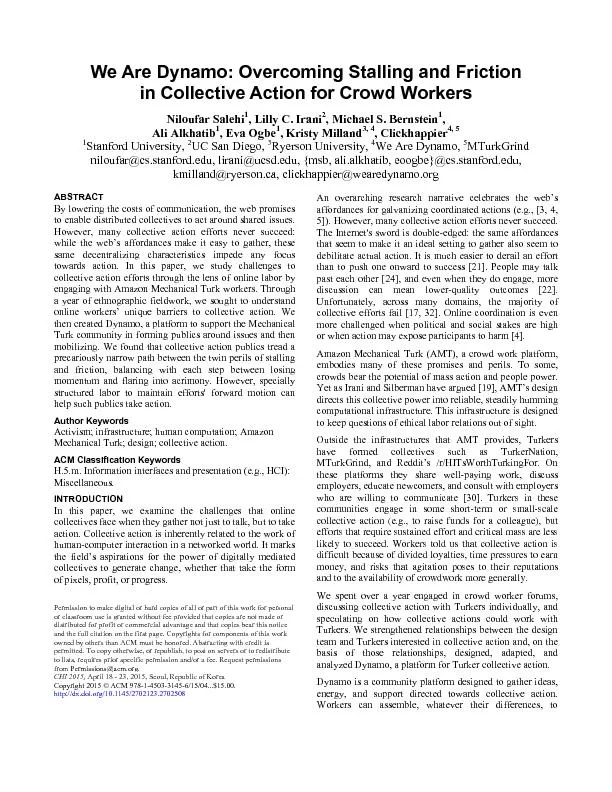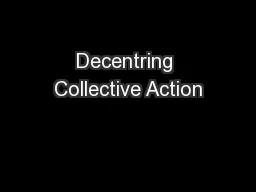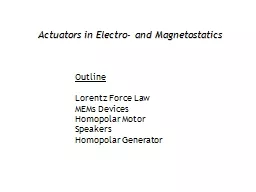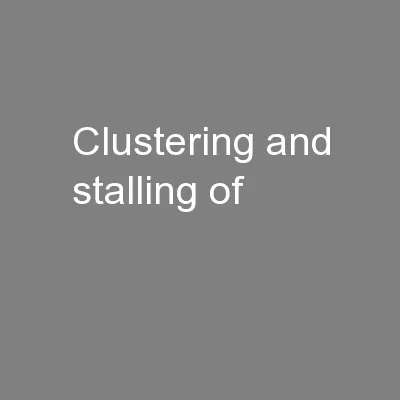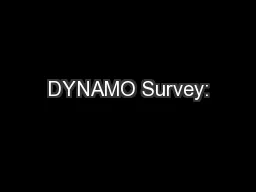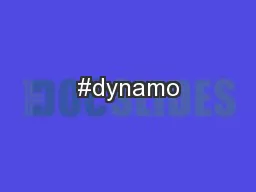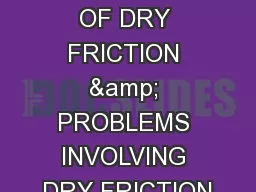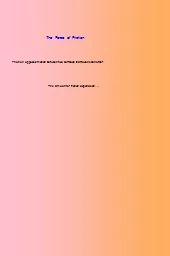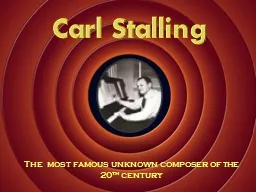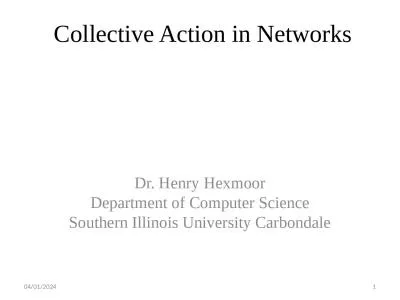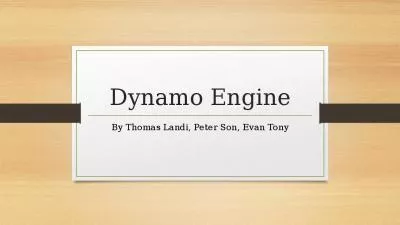PDF-We Are Dynamo: Overcoming Stalling and Friction in Collective Action
Author : danika-pritchard | Published Date : 2016-05-30
By lowering the costs of communication the web promises to enable distributed collectives to act around shared issues However many collective action efforts never
Presentation Embed Code
Download Presentation
Download Presentation The PPT/PDF document "We Are Dynamo: Overcoming Stalling and F..." is the property of its rightful owner. Permission is granted to download and print the materials on this website for personal, non-commercial use only, and to display it on your personal computer provided you do not modify the materials and that you retain all copyright notices contained in the materials. By downloading content from our website, you accept the terms of this agreement.
We Are Dynamo: Overcoming Stalling and Friction in Collective Action: Transcript
Download Rules Of Document
"We Are Dynamo: Overcoming Stalling and Friction in Collective Action"The content belongs to its owner. You may download and print it for personal use, without modification, and keep all copyright notices. By downloading, you agree to these terms.
Related Documents

